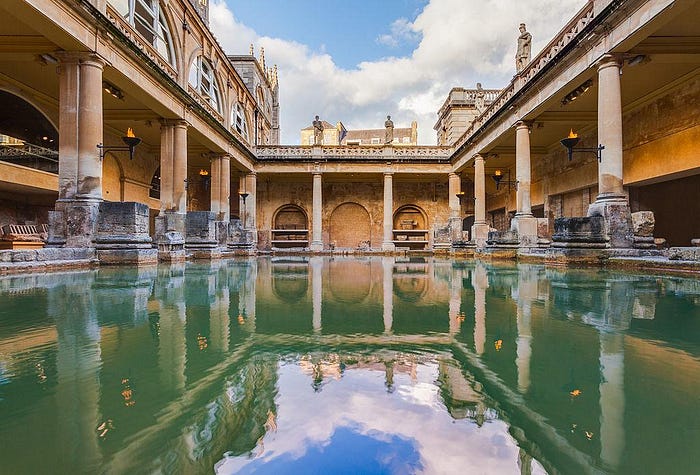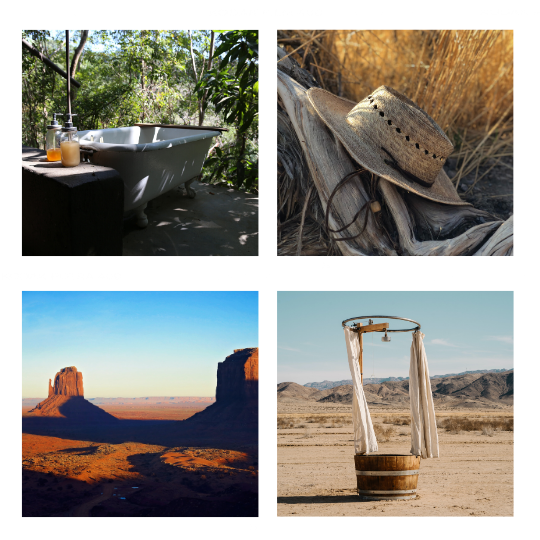The Origins of Bathing
As humans have progressed through the ages, our relationship with bathing has been a rich, complex, and varied history. Contrary to popular belief, bathing did not start from a barbaric scenario in which everyone lived in filth and wreaked of odor, as the first European settlers did when they arrived on American soil. Instead, years of anthropological study shows a vast spectrum of bathing behavior and technology, from private ancient showers to entire cities dedicated to the social interaction of bathing and cleansing.
The ancient Greeks were among the first to develop the personal overhead shower with lead piping. The Romans expanded upon the technology by use of aqueducts that supplied indoor plumbing and outdoor bathhouses with water. These bathhouses created the blueprint for the modern-day spa and included massage, exercise, as well as a public space for citizens to gather. And while both the Greeks and Romans innovated private showering, the overwhelming majority of people during this time resorted to public cleansing as a way of life and necessary means of rejuvenation. The earliest instance of a public bath was discovered in Pakistan by archeologists, dating back to between 3,000–2,000 B.C. This means that humans have been bathing in communal spaces throughout a great deal of the existence of civilization. In ancient Egypt, bathing was seen as a ritual to enrich their spiritual lives as a means to achieve closeness with the gods, as was the case with the Roman Era. The pinnacle of public bathing as it relates to the Romans was found in the city of Bath, where an array of public baths were available to its citizens via hydrothermal springs and complex water systems. In various other cities, these baths were the centerpieces to the bustling urban center, situated in buildings offering rooms for changing, massage, exercise, and dining.

Asian cultures also found their fair share of communal bathing between Buddhists in Indian, China, and Japan. These priests sought to align themselves with their spiritual practice via bathing in hot water. Eventually, the practice expanded to commoners for healing.
Overall, one doesn’t have to excavate the annals of history to see common threads of outdoor bathing throughout thousands of years of human civilization. Themes of power, beauty, rejuvenation, healing, and spirituality are on full display from a multitude of cultures and eras, so the question remains: why have we moved solely to indoor spaces for our bathing rituals in modern western civilization? The answer is not so straightforward, but we can look to our early European settlers for some indications of religious conservatism as well as seeing private bathing as a means to avoid cholera and other diseases borne by contaminated water. The common understanding of bathing today seems to be that it is usually seen as a hygienic necessity, rather than an experience to be savored.

WATRLINE has sought to become aligned with ancient ideas, practices, and mythos when it comes to bathing. Long gone are the baths of Pompeii and Mohenjo-Daro, but the fact remains that the intent for a great deal of civilization with regards to outdoor bathing was about connectivity to one another, their spiritual lives, rejuvenation, power, and beauty. The products offered at WATRLINE evoke an experiential relationship with outdoor bathing, and should it lead to a more communal experience in your home, we’ve only succeeded in keeping in line with what history has offered for millennia. Stay tuned for future newsletters as we will begin to travel together through time and explore bathing practices around the globe.
